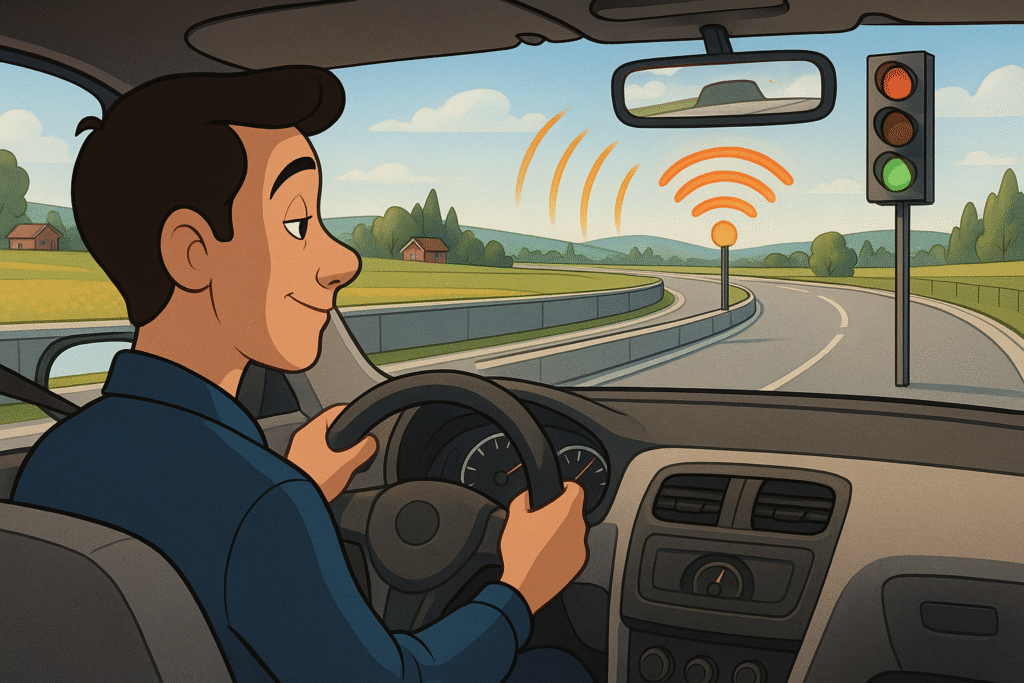
How 6G testing in a remote facility reveals the future of product connectivity — and what it means for every hardware maker
Deep in the Swedish countryside, something revolutionary is happening that will reshape how every connected product works.
AstaZero just unveiled the world’s most advanced vehicle testing facility — but this isn’t anything to do with faster cars or better batteries.
It’s creating a world where products think, communicate, and collaborate in real-time.
Like, virtually instantaneously.
This new 6G-powered proving ground tests scenarios that sound like wild science fiction: self-driving cars that react to pedestrians before human drivers can even see them, emergency vehicles that coordinate responses through infrastructure sensors, and traffic systems that prevent accidents BEFORE they happen.
And now here’s what matters for every product maker: this facility is testing the connectivity backbone that will power the next generation of smart products.
The impressive breakthrough is edge computing that processes data locally instead of relying on distant cloud servers.
A connected product can now respond instantly to environmental changes WITHOUT waiting for round-trip communication delays.
This represents a HUGE shift from individual smart products to collaborative intelligent ecosystems.
Today, your smart thermostat, security camera, and garage door operate independently.
Tomorrow, they’ll share data and coordinate responses automatically.
Your car will communicate with your home before you arrive.
Your fitness tracker will share relevant data with your doctor’s systems in real-time.
In I Need That, I discuss how successful products anticipate technological shifts rather than react to them. The companies testing at AstaZero aren’t just improving current products — they’re building the foundation for entirely new product categories.
The brand-agnostic approach reveals something crucial: this isn’t proprietary technology for tech giants.
Any manufacturer can access this testing environment, meaning startups and established companies will compete on equal connectivity footing.
The barriers to building sophisticated connected products are disappearing.
Product Payoff: Smart doorbell pioneer Ring transformed home security by anticipating ubiquitous high-speed connectivity before most homes had reliable internet. They built video doorbells assuming bandwidth would improve, not limiting features to current network capabilities.
When connectivity finally caught up, Ring’s products felt magical compared to competitors still designing for slower networks. Amazon acquired Ring for over $1 billion because they’d built for the connected future, more than the connected present.
Your connectivity strategy: Start designing for ultra-fast, ultra-reliable connections even if your current customers don’t have them yet. The infrastructure AstaZero is testing will be standard within 5-7 years.
Now think how YOUR product could collaborate with other devices in real-time. What new capabilities become possible when communication delays disappear entirely?
The most successful connected products of the next decade are being designed right now by teams that understand this shift.
What connected product capability do you wish existed but seems impossible with current technology limitations?
Tap that reply arrow and share your vision for products that think and communicate together.
Or reach out to my team of product marketing strategists at Graphos Product.
